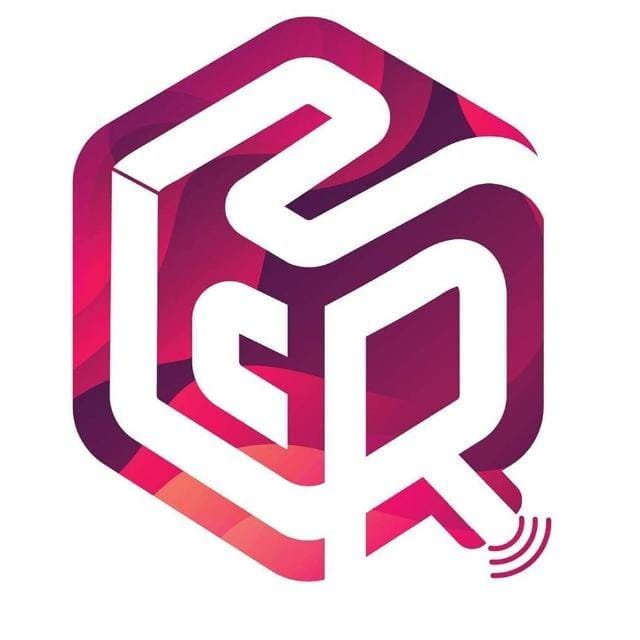Macroeconomics theory and policy / H L Ahuja.
Material type: TextLanguage: English Publication details: New Delhi: S Chand Publishing, 2019.Edition: 20th edDescription: xvi, 936 pages: Illustations; 23 cmISBN:
TextLanguage: English Publication details: New Delhi: S Chand Publishing, 2019.Edition: 20th edDescription: xvi, 936 pages: Illustations; 23 cmISBN: - 9789352837328
- 339 AHU
PART I: MACROECONOMICS
1. Nature and Scope of Macroeconomics
2. Circular Flow of Income and National Income Accounting
3. The Classical Full-Employment Model
4. Keynes's Theory of Employment: An Outline
5. Determination of National Income: Keynes's Simple Two-Sector Model
5A. Determination of National Income With Government : Three-Sector Models
5A. Concepts of Inflationary and Deflationary Gaps
6. Consumption Function
7. Post-Keynesian Theories of Consumption
8. Investment Demand
9. Theory of Multiplier
10. Aggregate Demand - Aggregate Supply Model (With Price Flexibility)
11. Unemployment, Full Employment and Wage-Employment Relationship
PART II: POST-KEYNESIAN DEVELOPMENTS IN MACROECONOMICS
12. The IS-LM Curve Model
13. Inflation-Unemployment Trade-off : Phillips Curve and Rational Expectations Theory
14. Stagflation and Supply-Side Economics
15. The New Classical Economics : Rational Expectations Model
16. The New Keynesian Economics
PART III: MONETARY DEMAND AND SUPPLY
17. Money: Nature, Functions and Role
18. Credit and Commercial Banking
19. Central Banking
19A Objectives and Instruments of Monetary Policy
20. Supply of Money and Its Determinants
21. Demand for Money and Keynes's Liquidity Preference Theory of Interest
22. Post-Keynesian Theories of Demand for Money
PART IV: MONEY, PRICES AND INFLATION
23. Money and Prices: Quantity Theory of Money
24. Keynes's Monetary Theory : Money, Income and Prices
25. Monetarism and Friedman's Restatement of Quantity Theory of Money
25A. Monetarism and Keynesianism Compared
26. Inflation and Hyperinflation: Causes, Effects and Cure
PART V: BUSINESS CYCLES AND MACROECONOMIC POLICY
27. Analysis of Business Cycles
27A. Kaldor and Goodwin's Models of Business Cycles
27B. Monetarist and New Classical (Rational Expectations) Theories of Business Cycles
27C. Real Business Cycle Theory
28. Economic Stabilisation: Fiscal Policy
29. Economic Stabilisation: Monetary Policy
PART VI: GOVERNMENT AND THE MACROECONOMY : GOVERNMENT'S BUDGET CONSTRAINT AND FISCAL POLICY
30. Government in the Macroeconomy: Public Expenditure
31. Financing of Government Expenditure : Taxation
32. Role of Fiscal Policy and Taxation in Resource Mobilisation for Economic Growth
33. Government Borrowing or Debt-Financing of Budget Deficit
33A. Government Budget Constraint: Money Financing of Budget Deficit
PART VII: OPEN ECONOMY MACROECONOMICS
34. Balance of Payments
34A. The Monetary Approach to the Balance of Payments
35. Foreign Exchange Rate
36. Determination of National Income in an Open Economy and Foreign Trade Multiplier
37. Free Trade Versus Protection
38. International Linkages and Mundell-Fleming Model
38A.Globalisation, Commercial Policy and WTO
PART VIII: THEORIES OF ECONOMIC GROWTH
39. Economic Growth and its Determinants
40. Harrod-Domar Model of Growth
41. Neoclassical Theory of Growth
42. New Theory of Growth (Endogenous Growth Model)
43. Theory of Development with Surplus Labour : Lewis Model
44. Limitations and Relevance of Keynesian Economics to Developing Countries
45. Nature of Unemployment in Labour Surplus Developing Countries
46. Development Strategies for Labour-Surplus Developing Countries
47. Sen Vs. Bhagwati: Debate on Growth and Distribution
This textbook acquaints the students with the latest trends and tendencies in macroeconomics analysis and policy. It keeps in view the macroeconomic
environment of the developing economies, especially the emerging Indian economy, while analysing and discussing various theories and policies of macroeconomics. Not confining itself to mere Keynesian macroeconomics, it critically examines the post-Keynesian developments in macroeconomics as well.
There are no comments on this title.


 2cqr automation private limited, Chennai. All Rights Reserved.
2cqr automation private limited, Chennai. All Rights Reserved.